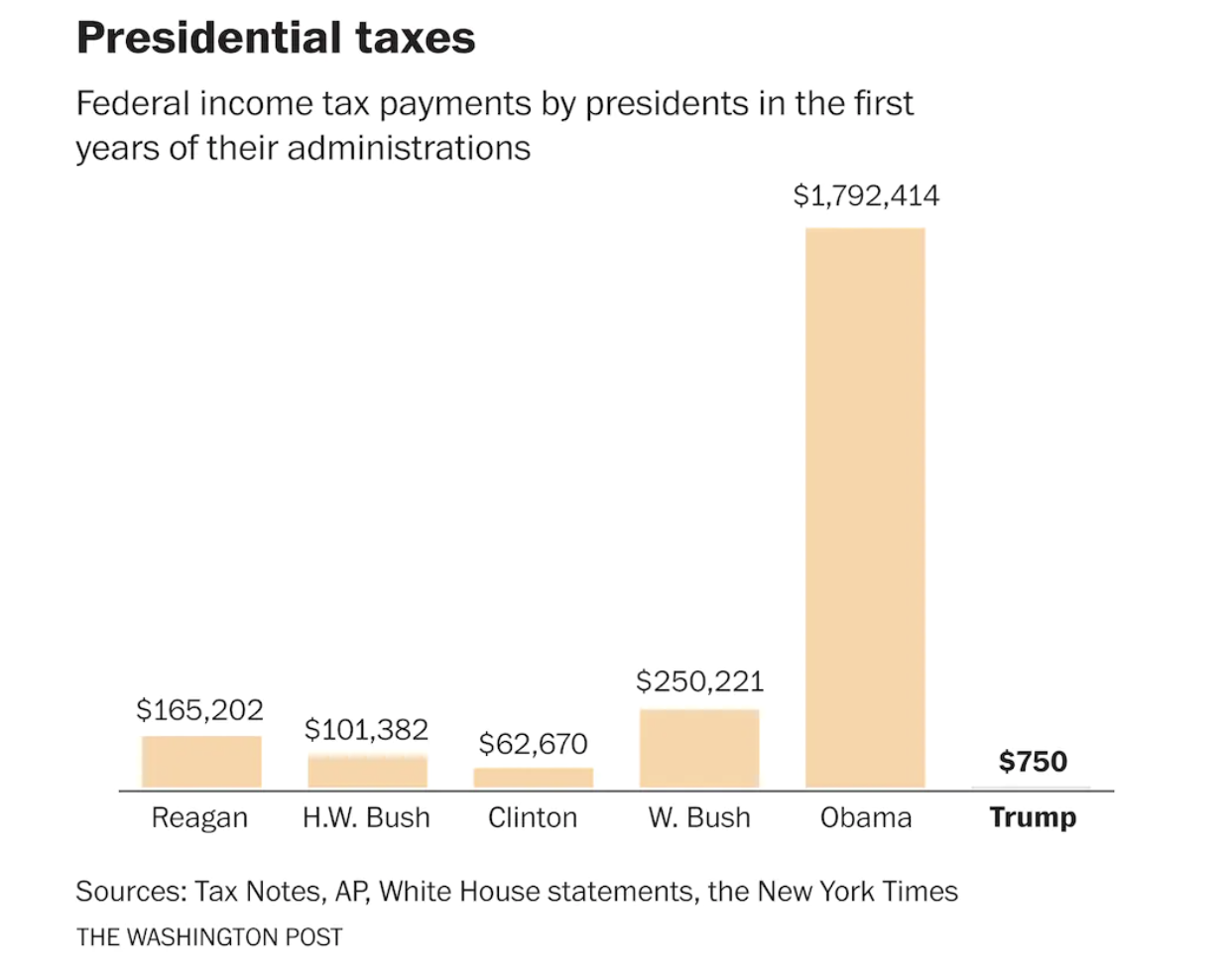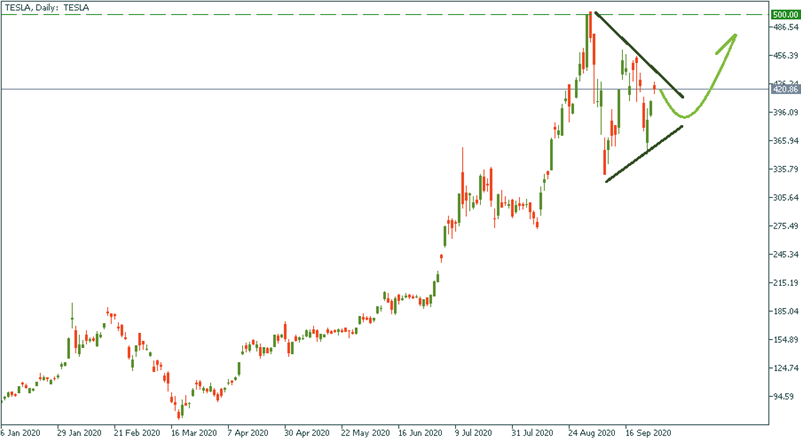The impact of Tesla’s deal with Piedmont Lithium

This is the stock price performance of Piedmont Lithium – and Australian-based company that extracts the metal essential for EV batteries. Tesla signed a 5-year deal to take lithium from Piedmont – in addition to its other plan to extract the metal in Nevada. Piedmont’s stock surged by almost 300%. Tesla’s stock is still in a downturn though.

The daily chart below shows that Tesla is consolidating around the current level of $420. The heights of $500 were left in the dust a month ago but may turn into a bullish target soon – once we see the downtrend capping the upside broken. In the long-term, it’s unlikely that Tesla will go down because fundamentally, it keeps expanding its horizons. Even though its P/E ratio is way beyond 20 as Warren Buffett liked to warn, the business outlook for Elon Musk’s business looks positive and full of opportunities. And sales – including in China. So let’s wait where the bottleneck of the current fluctuation to exhaust and see where the stock goes.

This post is written and submitted by FBS Markets for informational purposes only. In no way shall it be interpreted or construed to create any warranties of any kind, including an offer to buy or sell any currencies or other instruments.
The views and ideas shared in this article are deemed reliable and based on the most up-to-date and trustworthy sources. However, the company does not take any responsibility for accuracy and completeness of the information, and the views expressed in the article may be subject to change without prior notice.







